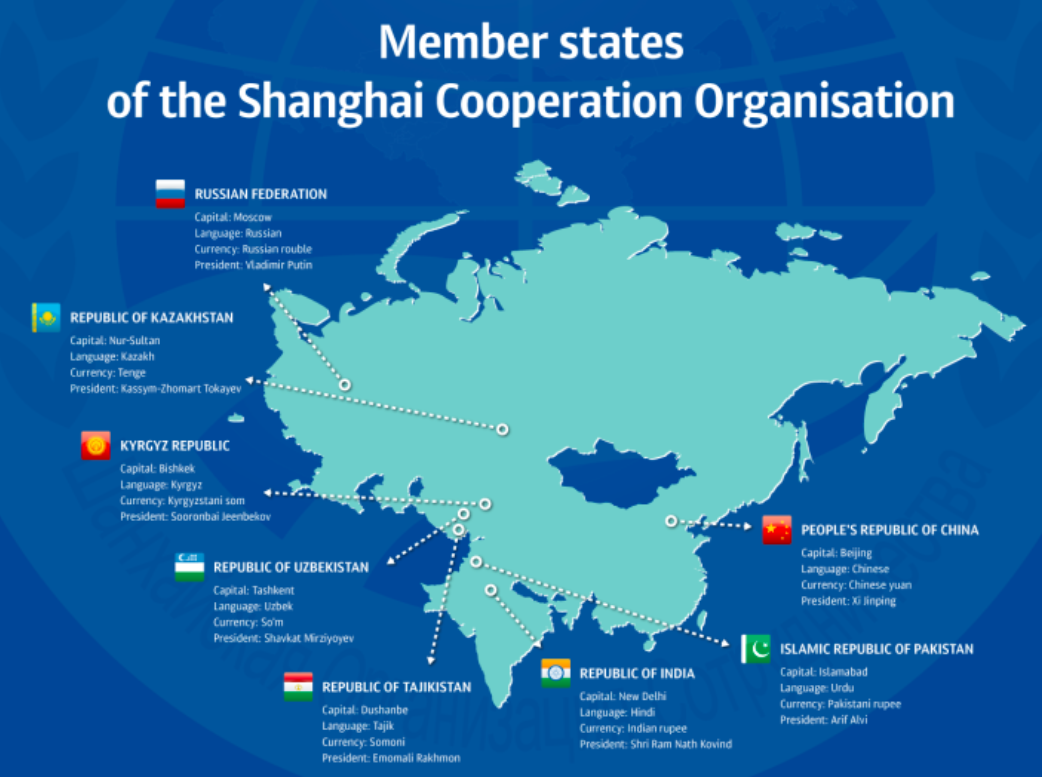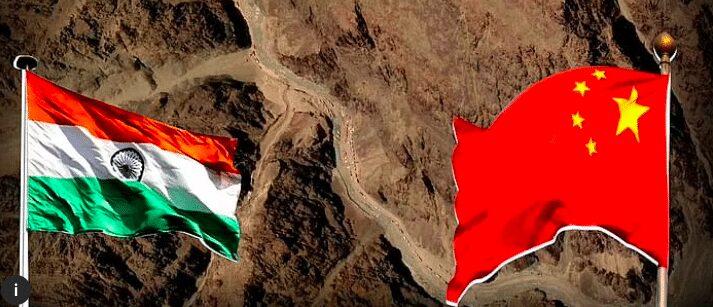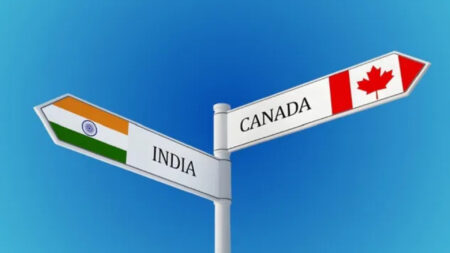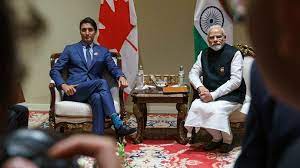The External Affairs Minister of India, Jaishankar, stated at a virtual summit of the Shanghai Cooperation Organization (SCO) on November 1, 2022, that “SCO Countries need better connectivity but all the connectivity projects should be planned to keep in mind the sovereignty and integrity of the countries and should respect the International Laws.”

When taken into perspective, EAM Jaishankar statement about the Belt and Road Initiative’s popularity makes sense.
Shanghai Cooperation Organisation?
It is a multinational organization that was founded in Shanghai, China, in 2001 by China, Russia, and four Central Asian nations (Kazakhstan, Kyrgyzstan, Tajikistan, and Uzbekistan). And in 2017, Pakistan and India formally became full members. So, the state group consists of eight states. RATS (Regional Anti-Terrorist Structure) was created at the 2004 SCO Summit with the aim of fostering regional security, peace, and stability as well as improving relations and collaboration among the member states in all domains (politically, economically, culturally, and more).

What is the Belt and Road Initiative (BRI)?
China is the originator of the BRI, which was first known as “One Belt, One Road,” and it was founded in 2013. It is a strategy to create trade routes that link China with the rest of the world in order to strengthen Chinese political and economic hegemony and support China’s transition to a high-technology economy. The Silk Route, which connected Europe and Asia for trade throughout the Roman era, served as its inspiration. Additionally, it emphasizes the sea lanes that connect China with Southeast Asia, Africa, and Europe.
It was founded for a number of reasons, the most important of which was China’s rivalry with the US and its desire to establish its superiority over it. Prior to BRI, China relied heavily on the Malacca Strait, which is off the coast of Singapore, a US ally. BRI will assist China in avoiding the Malacca Strait and establishing a safer route that travels across Southeast Asia and the Indian Ocean and includes ports, fuel stations, and other infrastructure. The connected nations will become dependent on China as a result of this.
The 2008 Financial Crisis was another factor. To support its economy, China developed a lot of infrastructures, which resulted in market saturation. BRI would give China an alternative market.
Additionally, the BRI is a strategy to revitalize coastal areas by pouring money into them, which will entice nations to bid for BRI contracts.

What Is China’s Belt and Road Initiative Being Criticized For?
The BRI is viewed as a tactic used by China to engage in “Debt Trap Diplomacy.” Long-term loans are being used by China as a tactic to finance infrastructure in developing countries, which it will subsequently use as leverage to rule the countries. Several Chinese projects that the countries found to be a joke.
- China and Malaysia agreed to build the East Coast, Rail Link. It is a part of BRI’s regional railway network for Southeast Asia. However, the proposal was abandoned after it was revealed that the Malaysian PM was involved in a corruption scandal.
- Several infrastructure projects, including significant gas pipelines and railroads in African nations, are being funded by China. This resulted in Chinese hegemony over these nations, and Chinese corporations are now occupying these territories as residents from these regions struggle to make repayments while the Chinese labor force is employed.
- China’s BRI influence over developed European nations like Greece and Italy, which are members of the G7, is one of the worrying features. Greece experienced severe economic damage following the 2008 Financial Crisis, and its relations with the European Union also deteriorated. China acquired a majority share in the seventh-largest harbor in Greece in 2016 and formally joined the BRI in 2018. Italy joined BRI in 2019.
- One of the alarming aspects is China’s BRI influence over developed European Countries like Greece and Italy, the G7 nations. After the 2008 Financial Crisis, Greece suffered a huge toll economically, and also its relations with the European Union worsened. In 2016, China bought a majority stake in the seventh biggest harbor in Greece, and in 2018, China officially joined BRI. in 2019, Italy joined BRI.
- China provided funding for Hambantota Port in Sri Lanka. However, Sri Lanka was unable to repay the loan, therefore China was granted a 99-year lease on the port. China now has the ability to set up key bases in several nations, including the Indian Ocean.
Reason for India’s Criticism of BRI?
One BRI project is the China-Pakistan Economic Corridor (CPEC), which runs from Kashgar (China’s Autonomous Region) and Gwadar Port to the Arabian Sea. The problem is that it goes through Gilgit-Baltistan, which is part of the Indian Territory that Pakistan occupies. Infrastructure for railroads and highways is part of the projects.
India has been against it since its beginning in 2017 because it violates the sovereignty and territorial integrity of the nation. The Indian government made it quite plain in 1994 that all of Jammu and Kashmir is a part of Indian territory, and India will not budge on this position.













